DESIBUZZCanada
Events Listings
Dummy Post

International Day Of Yoga To Be Virtually Celebrated Saturday At 4pm
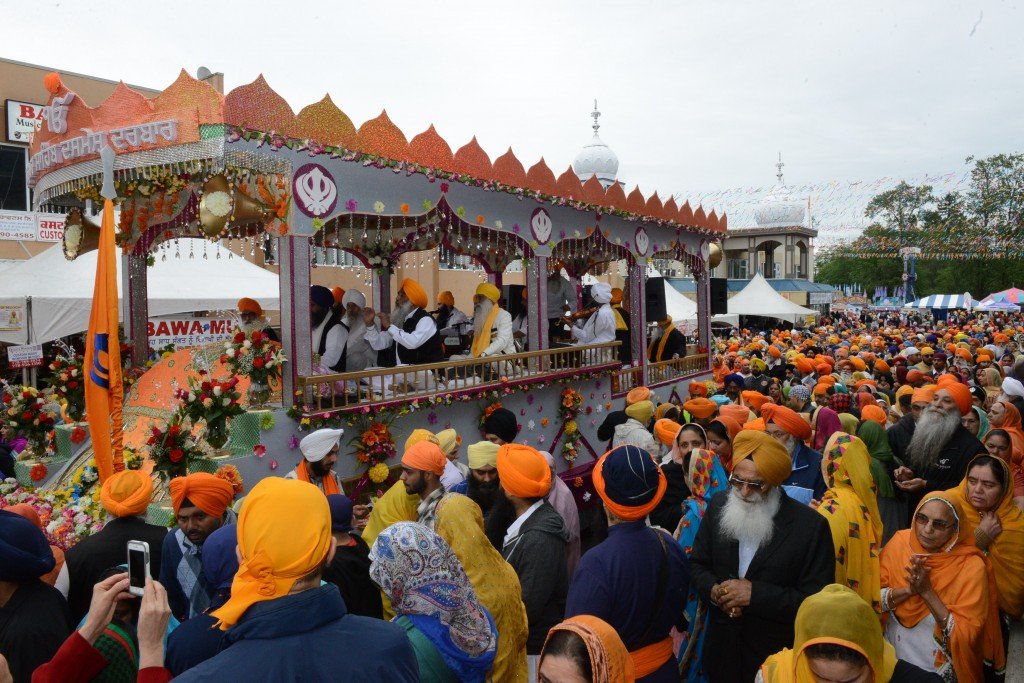
CANCELLED: Coronavirus Fears Kills Surrey’s Vaisakhi Day Parade

ADVERTISE WITH US: DESIBUZZCanada Is The Most Read South Asian Publication Online
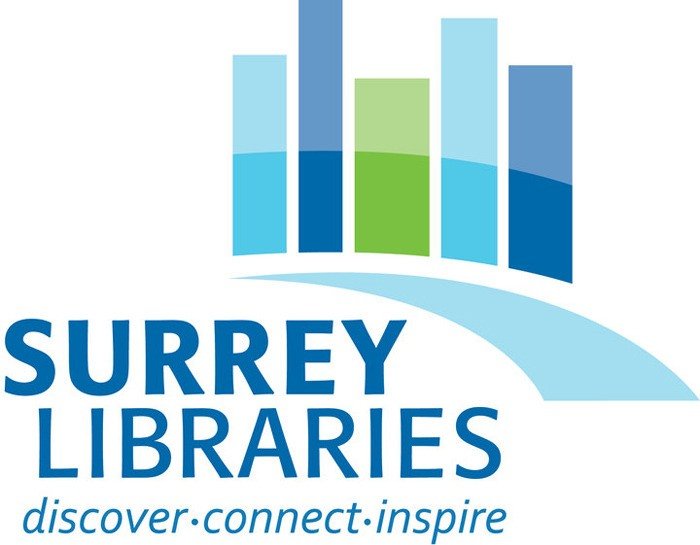
SURREY LIBRARIES: Get Technology Help At Surrey Libraries
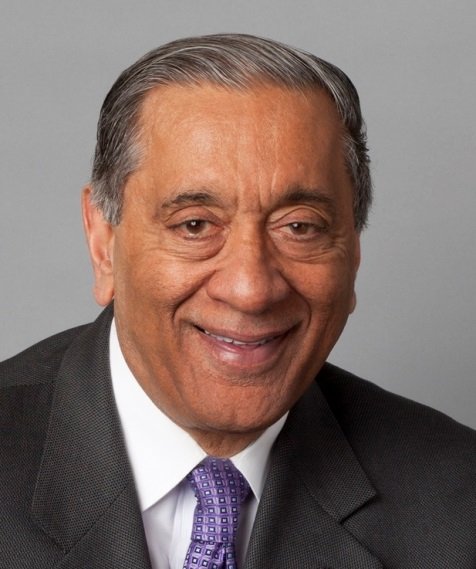
WALLY OPPAL: Surrey Police Transition Update On Feb. 26
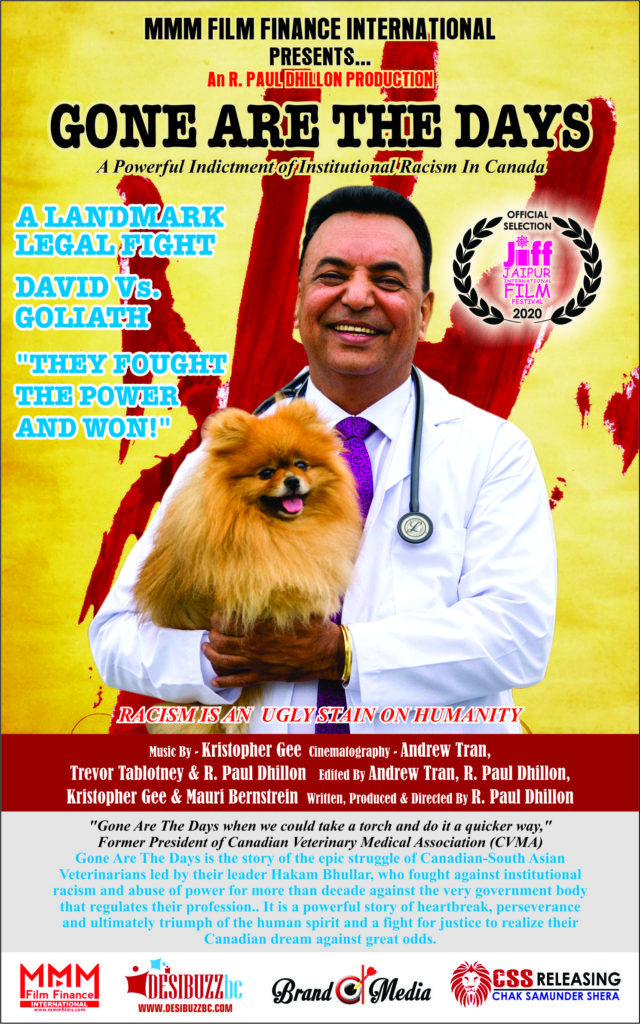
GONE ARE THE DAYS - Feature Documentary Trailer
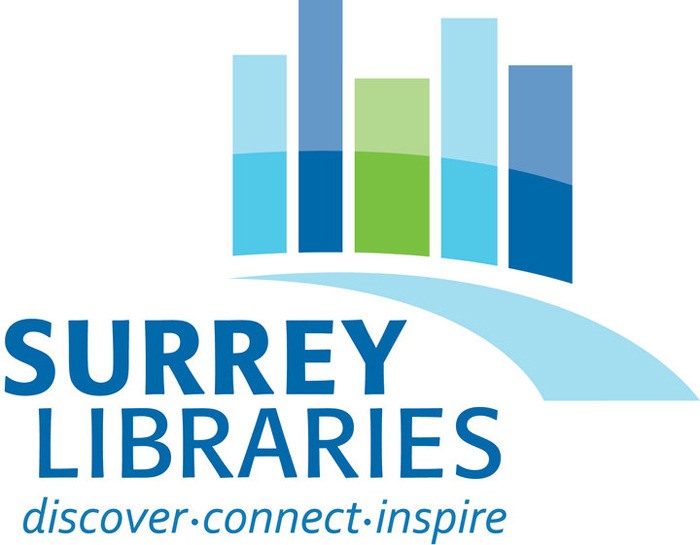
Technology Help At Surrey Libraries
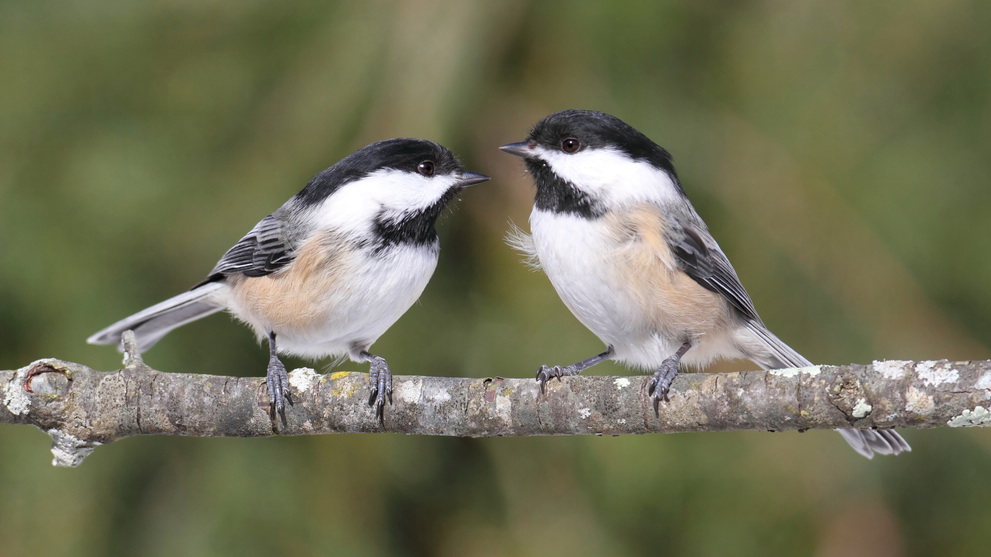
Birding Walks

Plea Poetry/short Story : Youth Contest
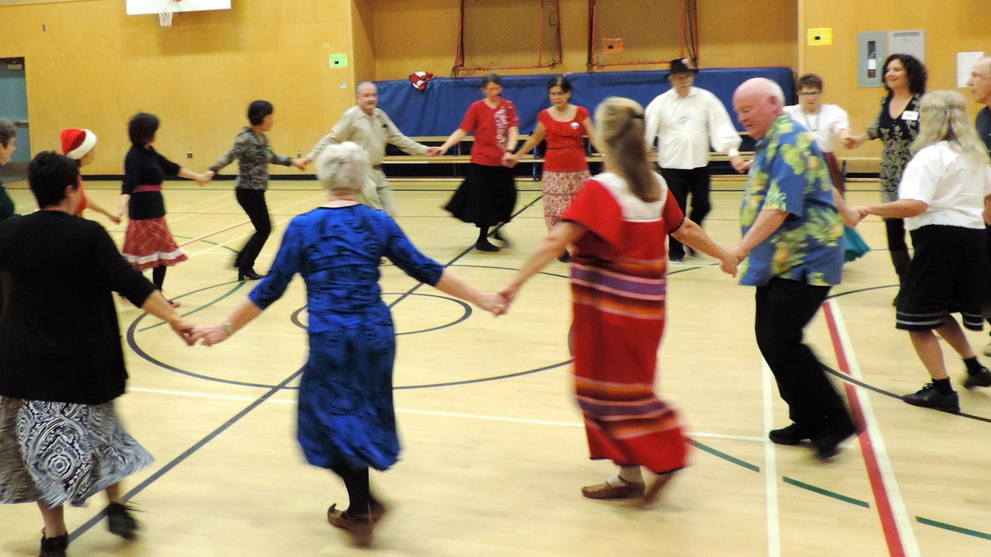
International Folk Dancing Drop-in Sessions
Punjabi Language Education Association Faces Key Concerns And Challenges
- October 31, 2023
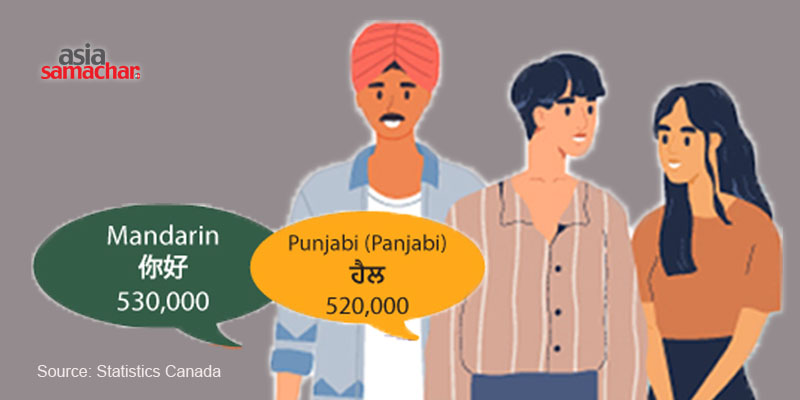
By Zile Singh
I came across a beautiful quote by Nelson Mandelaabout mother tongue. “If you talk to a man in a language he understands, that goes to his head. If you talk to him in his mother language, that goes to his heart.”
The Punjabi Language Education Association (PLEA) organized its Jashan on October 28, 2023, at the Spruce Building Atrium of Kwantlen Polytechnic University, Surrey, in partnership with the Deepak Binning Foundation, the Kid’s Play and the Surrey and Delta School Boards. The concerns and challenges in promoting Punjabi were discussed. So far, the PLEA has done hard work to promote Punjabi language. It is good that Punjabi as a spoken language has become the third language numerically after English and French. Thanks also to the lenient immigration policies of the Canadian government.

The three- generation audience (grandparents, parents, and youth) was in attendance. Participation of teenagers and young students was conspicuous. They recited their poetry and narrated their short stories in Punjabi. Hon’ble Ms. Rachna Singh, Minister of Education, British Colombia graced the occasion. She expressed her views about the colonial system coming in the way of the Punjabi language teaching. According to her, the Provincial and the Federal education policies need a change.She assured the audience that she and her team would take necessary steps in that direction. Sergeant Kal Dosanjh of Vancouver Police Department narrated his story as to how he is dealing with teenager children who take to drugs and crime when left alone by parents. According to himteenagers lack parental support and guidance. He made a special reference to the late Bindy Johal, a dreaded criminal. Johal’s story related to racial discrimination which led him to form group of Sikh youth to counter the racial bullying. The organized group’s power led him to enter the world of drugs and other criminal activities. In other words, the strength of unity was a bad example. We must unite for a better cause.
The School Boards representatives gave an overview of the Punjabi teaching in elementary, secondary, and post-secondary schools/ colleges. . They informed the audience of their experiences and challenges to promote the Punjabi language in a more inclusive way. They highlighted the lack of interest of parents as well as of the students. According to a report, the number of students learning Punjabi language has come down during the last two to three years. It is a matter of concern. The catchment area of Punjabi teaching covers schools in Surrey, North Delta, New Westminster, Burnaby South, and Abbotsford. In addition, UBC, SFU, UFV and KPU also are offering Punjabi classes. These teaching institutions are finding it difficult to get sufficient number of students who are eager to learn Punjabi.

Keeping in view the above scenario, it is time to evaluate the usefulness of learning Punjabi, as a medium of communication, to understand legacy, and as a career option.The parents, children and the community activists have to put their heads together to chart out a long-lasting program. Punjabi language as mother tongue will certainlylessen communication gap at home. In realistic terms, this gap, over a period of time will not be felt when the number of older populations who do not understand English would decrease. That time is not far enough when all members in the household will speak and understand English. The basis that learning Punjabi will be an asset to understand religion, customs and traditions is valid only to some extent. The language of Sikh scriptures is beyond the grasp of a person even if he is literate in the modern Punjabi language. Easy translation in English of the scriptures, history, culture etc., is available on Internet and in the forms of books written by reputed authors. A general observation is that youngsters are taking less interest inreligious matters in comparison to their parents. They are imbibing multicultural values. For the third or the fourth generations Sikh-Canadians, the relations with Punjab are becoming less. It will not be out of place to mention that even in Punjab, the teaching and learning of Punjabi is not in a good shape. The prospective immigrants are focusing mainly on English language. English is the passport to land abroad. Now the children and the parents have to understand the role of Punjabi in their professional career. Many may decide that it is better to learn any other language recognized by the United Nations. In addition to English, the other languages recognized by the UN are French, Spanish, Arabic, Chinese and Russian. To apprise young students about Sikhism and Punjabi language, Khalsa Schools in B.C. are doing a good service.

According to the census data of 2021, Punjabi and Mandarin are the main spoken languages in Canada after Canada’s two official languages – English andFrench. Punjabi has come to a third place by registering almost forty-nine percent.growth in the last two years. With the increasing trend in new immigrants fromPunjab, especially the students, the number has gone even higher. Thepercentage of Punjabi speaking population of Ontario, British Colombia and Alberta provinces is 2.84%, 6.41% and 3.03% respectively. In Surrey, the hub of Sikh population, the Englishand Punjabi speaking population is about 43% and 23% respectively. In the whole of British Colombia, the percentage wise ethnic population is, Scottish – 15.8; Irish-12.8, German-11, Chinese10.5, French-6.4 and Indians- 5.6%
We may have different religions, different languages, different colored skin, but we all belong to one human race. Thanks to BC education policy to accept Punjabi as an optional langue provided there are sufficient number of learners. Now the onus lieson us. It is a matter of the head and the heart.
Zile Singh is a well respected Columnist, Writer and a Vipassana Meditater. He has a Post-Graduate Diploma in Human Rights. He can be reached at zsnirwal@yahoo.ca

















